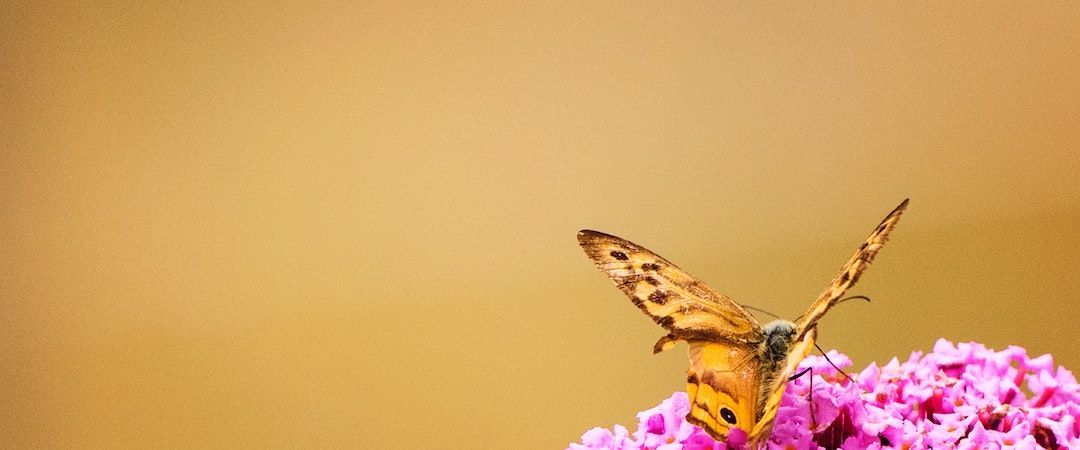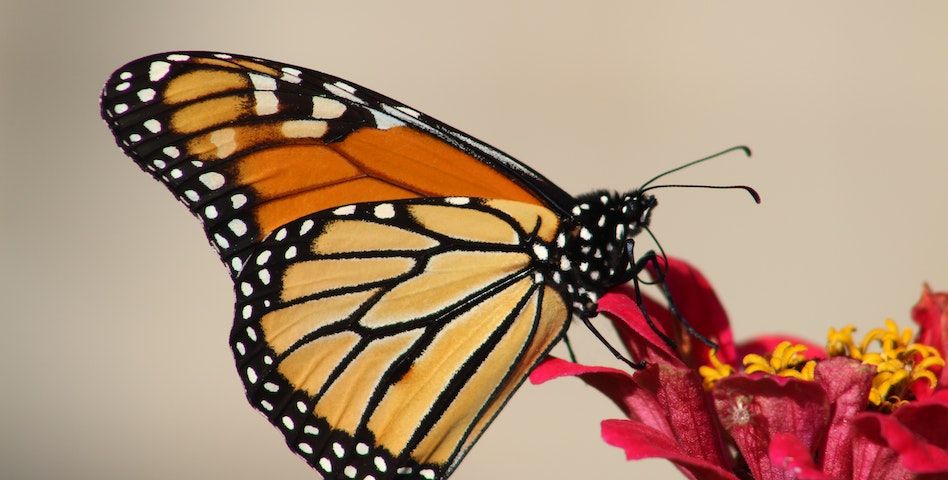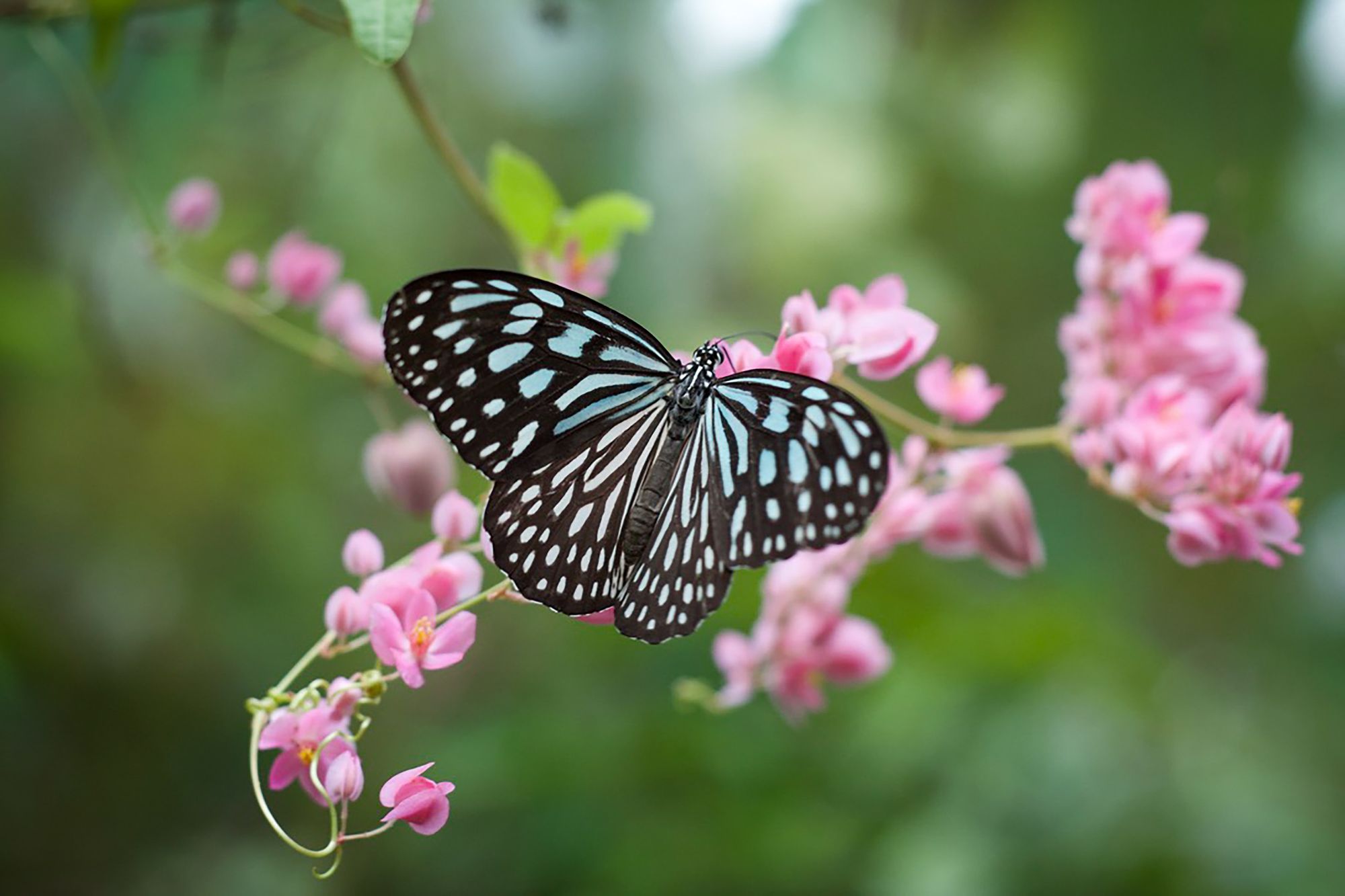How Are Butterflies Born?
In this blog, we will explore the fascinating journey of how butterflies are born.

Butterflies are among the most captivating and enchanting creatures in the natural world. Their remarkable life cycle, which includes metamorphosis, is a wonder to behold. In this blog, we will explore the fascinating journey of how butterflies are born.
The Start: Butterfly Eggs
The life of a butterfly begins as a tiny, oval-shaped egg. A female butterfly typically lays her eggs on or near the host plant that will serve as the primary food source for the emerging caterpillar. The eggs are carefully attached to leaves or stems, and each species of butterfly has its preferred host plant. The shape and color of butterfly eggs vary, but they are often quite small and can be challenging to spot in the wild.
Stage 1: The Caterpillar Emerges
Once the egg hatches, a caterpillar emerges. This early stage of a butterfly's life is characterized by rapid growth and a voracious appetite. Caterpillars are well adapted for eating and can consume large quantities of plant material. As they feed and grow, they go through several molts, shedding their exoskeleton to accommodate their increasing size.
Stage 2: The Caterpillar's Pupation
After a period of feeding and growth, the caterpillar undergoes a remarkable transformation known as pupation. At this stage, it typically seeks a protected spot, such as the underside of a leaf or a hidden crevice, to undergo this transformation. The caterpillar attaches itself securely using silk threads it produces. Then, it sheds its final caterpillar skin to reveal a chrysalis or pupa underneath.
Stage 3: The Chrysalis Stage
Inside the chrysalis, a magical transformation takes place. The caterpillar's body undergoes a process of reorganization, breaking down its tissues into a kind of biological soup. Imaginal discs, small clusters of cells that were present in the caterpillar, begin to develop into the various parts of the adult butterfly. This stage can last anywhere from a few weeks to several months, depending on the species and environmental conditions.

Stage 4: The Emergence of the Adult Butterfly
The chrysalis eventually splits open, and the adult butterfly emerges. At this point, the butterfly is soft and vulnerable, with crumpled wings. It must carefully pump fluid into its wing veins to expand them fully. This process can take a few hours as the butterfly patiently waits for its wings to dry and harden. Once the wings are ready, the butterfly is capable of flight and is considered an adult.
Stage 5: Mating and Reproduction
The primary purpose of an adult butterfly's life is to reproduce. It seeks out nectar-rich flowers for nourishment and looks for potential mates. Butterflies have specialized sensory organs to detect pheromones and locate suitable partners. After mating, the female butterfly will lay eggs, starting the cycle anew.
Factors Influencing Butterfly Development
Several factors influence the development of butterflies:
1. Temperature: Warmer temperatures generally accelerate the development of butterflies, while cooler temperatures may slow it down. Some butterflies can enter a state of diapause, a form of hibernation, to survive unfavorable conditions.
2. Species: Different species of butterflies have varying life cycles and habitat preferences. Some complete their life cycle in a matter of weeks, while others may take months.
3. Habitat and Food Availability: The availability of host plants for caterpillars and nectar sources for adults significantly impacts the success of butterfly populations.
4. Predators: Butterflies face threats from various predators, including birds, spiders, and insects. Their life cycle and behaviors have evolved as strategies to avoid predation.
5. Environmental Changes: Human activities and environmental changes, such as habitat destruction and climate change, can have adverse effects on butterfly populations by disrupting their life cycles and habitats.

In conclusion, the life cycle of a butterfly is a remarkable journey of transformation and adaptation. From tiny eggs to voracious caterpillars, pupation, emergence as an adult, and the pursuit of mating and reproduction, butterflies undergo an incredible process that continues to captivate nature enthusiasts and researchers alike. Understanding the intricacies of how butterflies are born and thrive is not only a testament to the beauty of nature but also a reminder of the importance of conservation to protect these fragile yet essential creatures.